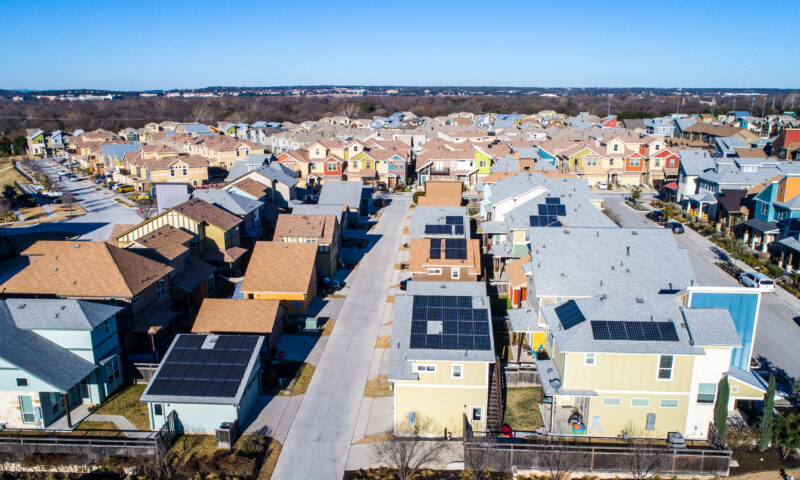
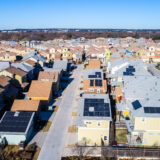
The state was to get $400 million for solar energy in disadvantaged communities. The Trump administration took it all back.
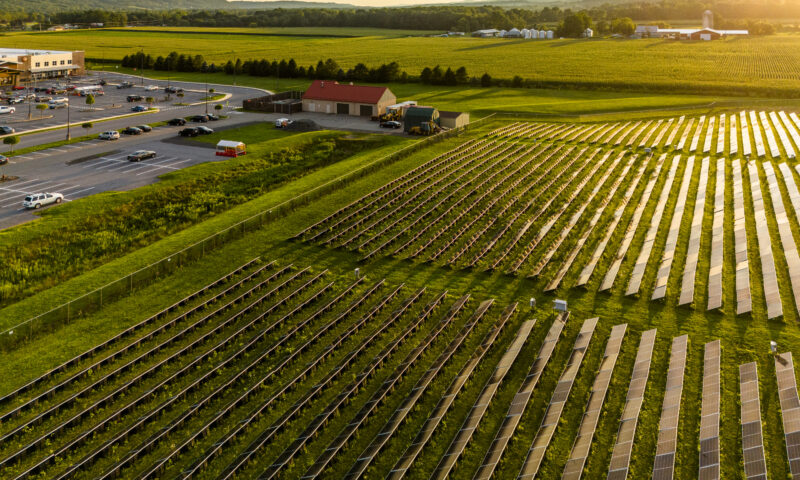

Trump administration rescinds $156 million to help power low-income homes; state legislature remains an obstacle if the money is restored.
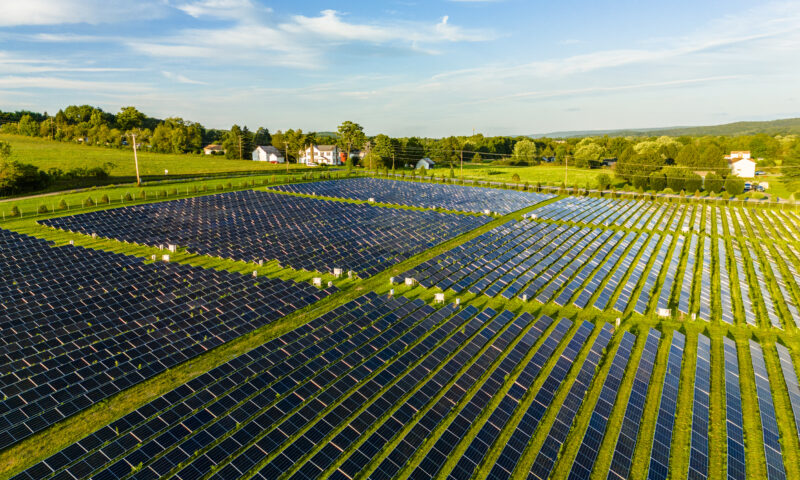
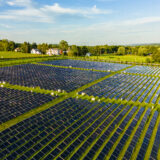
While Solar for All funds languish, the state continues to lag behind most of the nation when it comes to renewable energy.
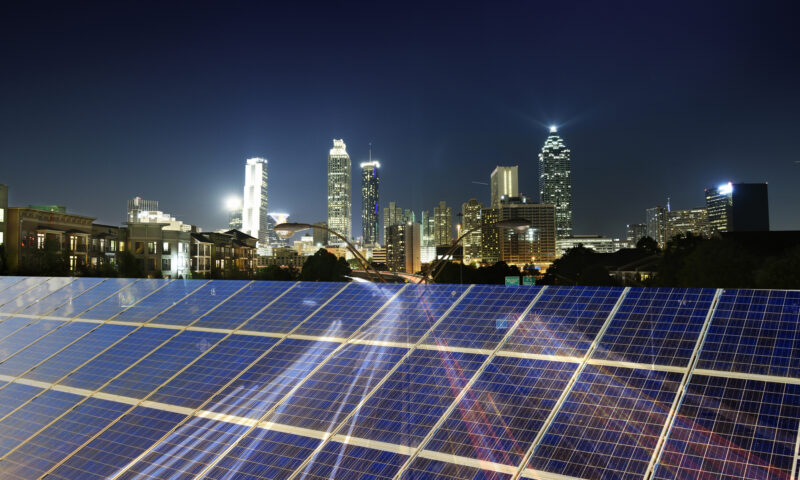
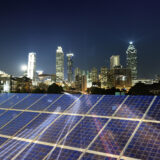
Georgia utilities are getting a discount on gas — but paying full price for renewables.
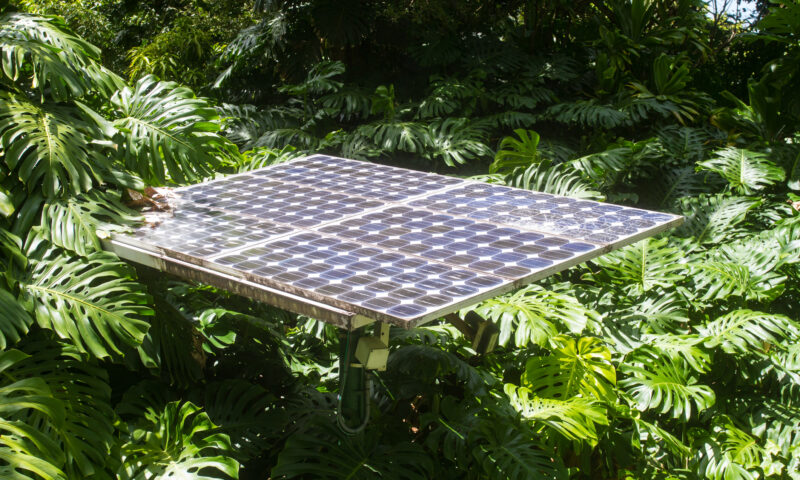

The closer the state gets to reaching its groundbreaking clean energy goals, the harder it will be to achieve them.
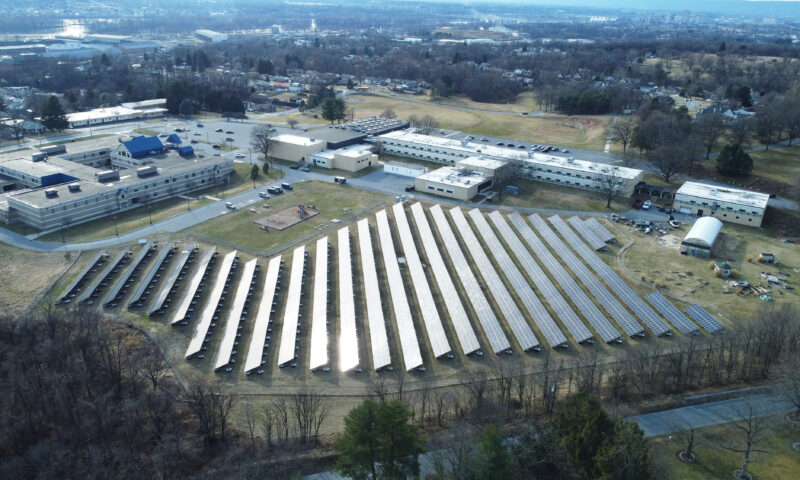
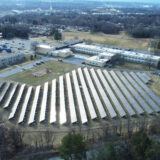
A new bill would marry labor, environmental and educational interests — potentially forging a new path for bipartisan climate policy.
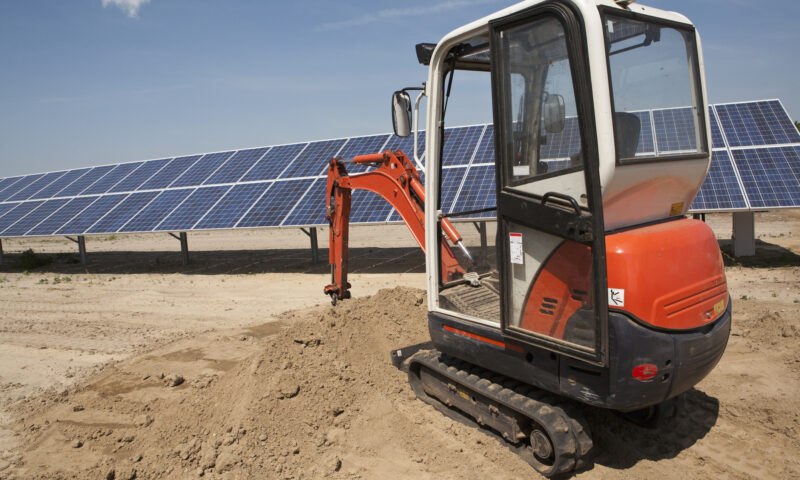

Building and construction trade unions would benefit from industrial green policy, but critics warn of fossil fuel subsidies.

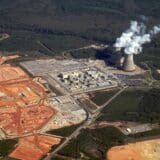
A utility commissioner backs both Trump and solar energy, but his maverick reputation may not win him reelection. Georgia is changing.

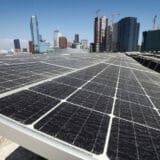
So why is the opposition using the solar industry to defeat it?


The new documentary on renewable energy is under fire from environmentalists for being “full of misinformation.”
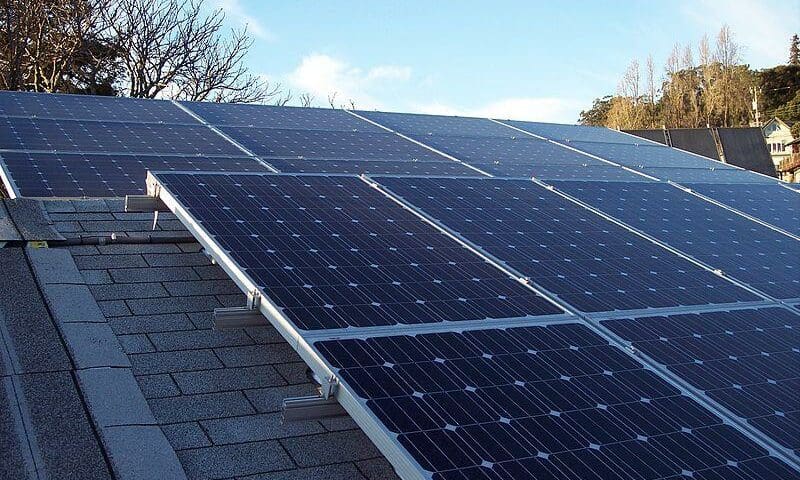
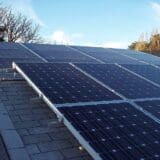
How much damage a 30 percent tariff will inflict depends on who’s talking. The Solar Energy Industries Association says the impact will be devastating. Others speak less pessimistically.
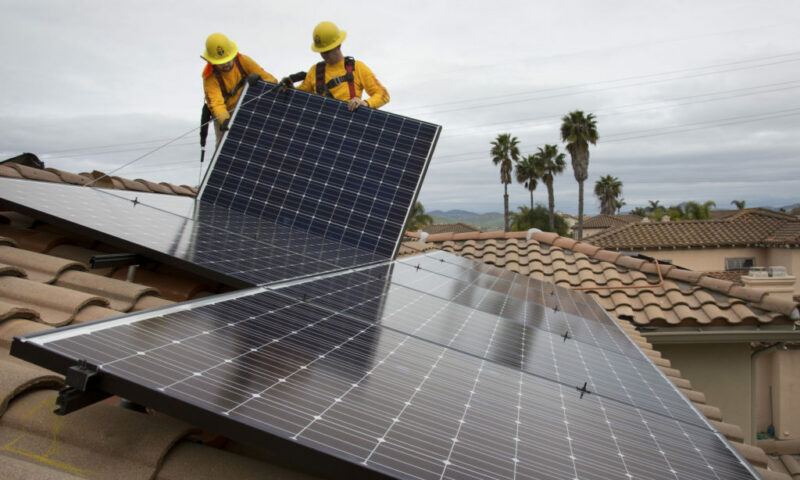
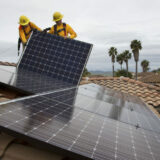
Co-published by Slate
Solar-panel installers workers are riding a “solarcoaster” — joining an industry that has provided jobs and opportunity to tens of thousands of workers — while also raising concerns about how fairly workers in a fast-growing, Wall Street-fueled industry are being treated.


Dan Berman is a Davis, California-based author, researcher and teacher with a wry sense of humor and deep wisdom regarding labor union and social justice activism for healthy workplaces.


Reversing climate change and addressing income inequality are the twin challenges of our time. Solving them both means a safer, more stable future for generations to come.
If we don’t stop and reverse climate change, our environment and our economy could collapse. If we don’t address the growing gap between rich and poor, our political structures and our economy will continue to fray, robbing us of both the funds and the political will to address climate change.
These challenges are irreversibly linked — and we can’t solve one without solving them both.
That’s why progressives, labor leaders and everyone who cares about addressing these twin threats should oppose the California Public Utilities Commission’s recently proposed decision to require poor utility customers to subsidize richer customers and the new Wall Street-funded quasi-utilities serving these wealthy customers.
The CPUC’s decision is on a technical issue called Net Energy Metering: the system that provides subsidies for the installation of residential solar systems by forcing utilities to buy surplus energy generated on rooftops at an artificially high price.
» Read more about: Solar Decision Will Burn Low-Income Californians »


Sometimes religious people tend to be slower to adapt to changes coursing through the culture, especially with concerns about human-caused climate change. Even though polling shows Catholics, for example, to be slightly ahead of the national curve of global warming awareness, further inspection reveals that only 53 percent of white Catholics think climate change is a critical or major problem, although 73 percent of Hispanic Catholics do. These figures were measured a year ago, but there are signs that most church members aren’t even aware of the Pope’s environmental Encyclical, released this past June.
Those figures still fall short of the nation as a whole. Some 91 percent of Democrats, 78 percent of independents and even 51 percent of Republicans think the government should be doing more about climate change. One would think that’s too awesome a majority for a deadlocked Congress to ignore.


As major climate legislation that would dramatically increase our investment in renewable energy approaches the Governor’s desk, this is a critical time to be thinking about low-income communities, including South Los Angeles, for whom the benefits of renewable energy investment have been largely out of reach.
The Los Angeles Alliance for a New Economy (LAANE), in partnership with my organization, Strategic Concepts in Organizing and Policy Education (SCOPE), recently conducted an analysis of the L.A. Department of Water and Power’s most established renewable energy program, the Solar Incentives Program (SIP). We found that this residential rooftop solar initiative has left South L.A. behind, along with Wilmington, Boyle Heights, Pacoima and other communities.
This program offers incentives for residents who buy and install their own rooftop solar energy systems from private solar companies. In the past 15 years, LADWP has invested more than $115 million of ratepayer funds to support the development of residential rooftop solar.
» Read more about: Realizing the Promise of Solar for South Los Angeles »


Billed as the area’s first 100 percent solar-powered festival, EastSide Sol heated up Mariachi Plaza in Boyle Heights on Saturday. Under the scorching sun, activists, residents and community leaders gathered to explore how low-income and minority communities like theirs can be part of the growing green economy.
On the surface, EastSide Sol was a festive celebration. The crowd danced to funky live music by pan-Latin band Buyepongo, ate taquitos and pupusas provided by neighborhood restaurant Un Solo Sol and enjoyed live mural painting by Self-Help Graphics. But at the event’s core was a conversation about economics and the environment, and how to deal with the increasing realities of climate change.
In City Council Member Jose Huizar’s opening remarks to the crowd, he said “Oftentimes in the environmental movement, when we’re looking to preserve our planet, our earth and find alternative forms of energy, the Eastside is left out of the discussion.” The need to include low-income and minority areas in environmental efforts was an ongoing theme of the day.
» Read more about: Solar-Powered Festival Heats Up Boyle Heights »
Somerset Waters has the passion of a convert. You can hear it in his voice when he outlines why he set up the only worker-owned cooperative business in Los Angeles.
“It’s really exciting pushing the boundaries of how a small business can operate here,” he says, standing in front of a bank of solar panels outside a residence in Calabasas. “People want a sense of ownership at work, a feeling of justice, a real stake in their working lives.”
Last year, inspired by the Pioneer Valley Solar Co-Op in Massachusetts, and with guidance from co-op resource center LA WORCS, Waters created Pacific Electric, a worker-owned co-op, to see if a different kind of business model could take hold in Los Angeles.
The four-person union firm, which has plans for expansion to 100 owner-members, installs solar and other electrical systems for residential and business customers throughout Los Angeles County.
» Read more about: Workers of the World – Buy Your Own Company! »
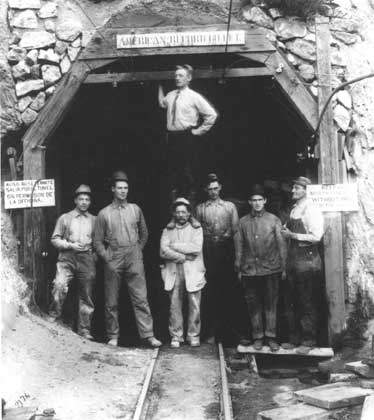
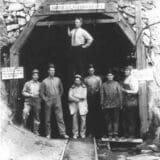
With all the hoopla about the centenary of the L.A. Aqueduct last week, I looked again at an article on a related piece of our history – the birth of public power. The early 20th Century was an age not entirely unlike our own, with high levels of inequality and most of the wealth controlled by a powerful few. It was in this climate that Los Angeles’ labor unions and working class communities fought for a publicly owned energy utility, to be sold at cost.
Jeff Stansbury argued in a 2011 L.A. Times opinion piece that while the reformers of the day are often credited for bringing public power to the city, they had actually allied themselves with L.A.’s three private electric companies, which wanted to control the power that would be generated by the aqueduct’s hydroelectric plants. Meanwhile, the Central Labor Council, the International Brotherhood of Electrical Workers and other unions pushed for a citywide straw poll in 1911 that would come down on the side of municipal power for homes and businesses.
» Read more about: The Birth of a Public Utility, the Future of a City »
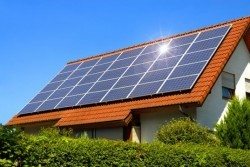
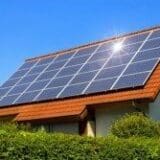
Rooftop solar has many benefits, like reducing the need for dirty natural gas plants that pollute our air. It is also a great tool for growing California’s clean energy economy. In fact, not only does it save individuals money on their utility bills, but it also creates much-needed jobs.
The solar industry has created approximately 43,000 jobs in California alone. That’s more jobs than Southern California Edison, Pacific Gas & Electric, and San Diego Gas and Electric combined. When families decide to go solar and install solar panels on their roofs, they contribute to this incredible job growth. This means that solar families are also solar job creators.
The jobs are not the only way rooftop solar helps the economy. Solar saves consumers money. According to the Vote Solar Initiative, schools and other public agencies have saved $2.5 billion installing rooftop solar. The money saved by schools provides huge budget relief to cash-strapped schools and can be used to purchase new books,